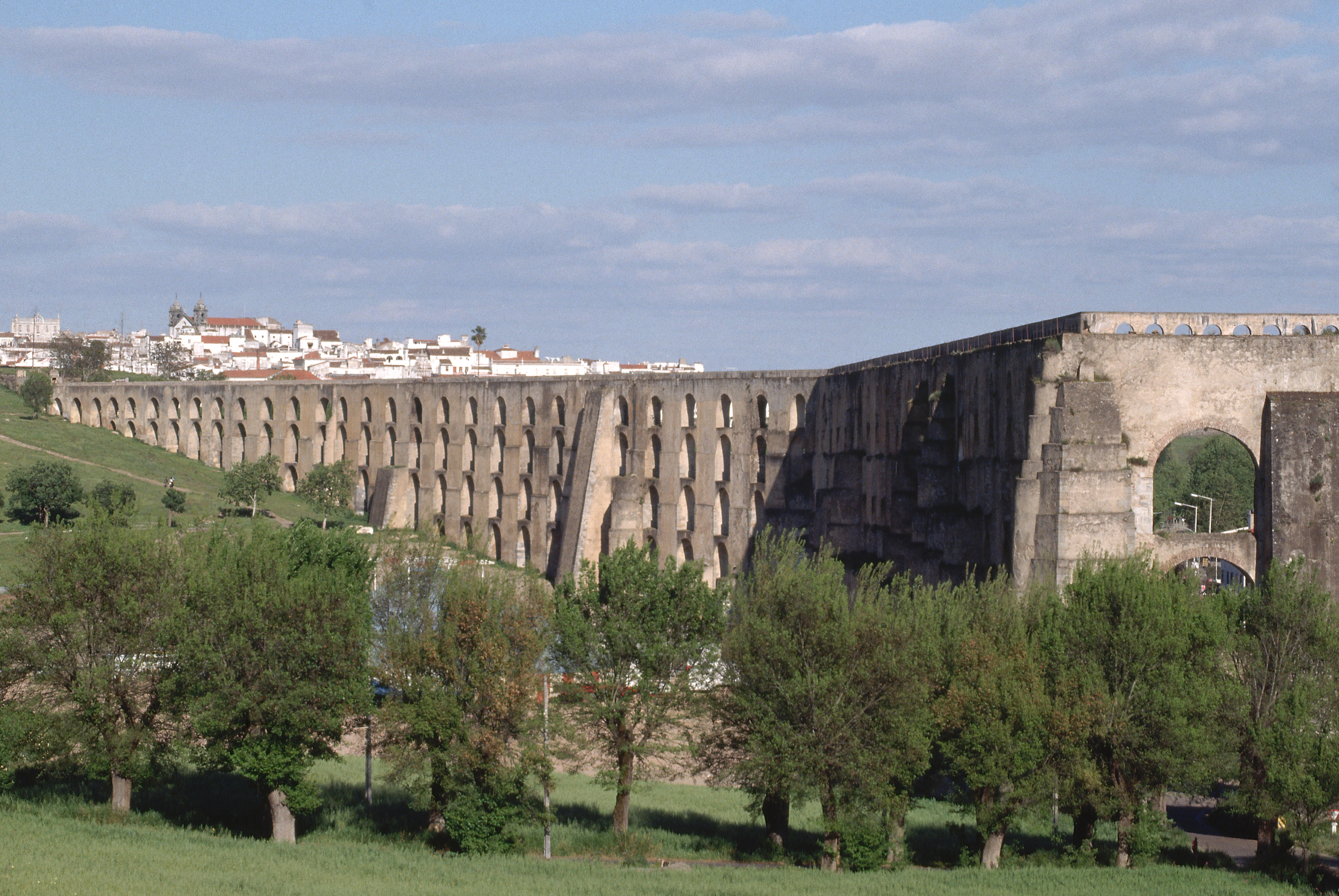Portugal is our neighbor, we have it just a stone’s throw away and there are so many similarities between our languages that understanding its people is easy. Therefore, it should be a must in our tourist destinations and, even so, it resists us. In case there aren’t already enough reasons for you to take a walk through the west of our Iberian Peninsula, here we add one more: it has the largest military fortress in the world, which you can visit half an hour from the common border.
Among the countless monuments that the country offers, the Elvas fortress and the set of border garrisons of the town (16,000 inhabitants) stand out for their unique character, which has earned them the protection of the United Nations Educational Organization , Science and Culture (UNESCO), which Since 2012, the area has been on its World Heritage list.. It is the largest fortified complex of its kind in the world, with 10 kilometers and seven bastions designed to defend the city that are in an impressive state of conservation. There the history cannot be imagined, because it can be seen.
According to UNESCO, the site contains fortifications from the 17th to 19th centuries. Within the walled area there are barracks, moats, barracks and other military buildings, as well as churches and monasteries. A miniature city in which to equip yourself if danger came.
Although Elvas has archaeological vestiges from the 10th century, the construction of its fortifications began with the independence of Portugal, in 1640, a stage in which the entire Alentejo, the region in which it is located, played a fundamental role.
Designed by the Dutch Jesuit João Piscásio Cosmander, they are the best still existing example of the Dutch school of fortification in the world. The site also includes the Amoreira aqueduct, built so that the fortress could withstand long sieges without lacking water.
Above all, the star-shaped walled fortress stands out – one of those revolutionary ones that were painted in the best-seller Food-, which is one of the most spectacular places you can visit in Portugal and is just a few minutes from Badajoz. You spend more time in traffic every day.
This fortress dates back to the 17th and 18th centuries, along with an internal defense line, from the 12th, 14th and 17th centuries.
In the surroundings there are small elevations and hills where two imposing forts were located, Gracia (dated to the 18th century) to the north, and Santa Lucía (17th century) to the south, completing the defensive system and giving Elvas an invulnerable appearance.
It also has smaller-scale auxiliary fortifications, thus consolidating the fortified and dry complex as the largest of its kind worldwide.
Gracia Fort in Elvas, in the Portuguese Alentejo.
Gracia Fort, with its particular star shape, is considered by many historians to be one of the most imposing bastioned fortresses in the world. Built on the remains of the hermitage of Our Lady of Grace (financed with the funds of Vasco da Gama’s great-grandmother), it dominates the city of Elvas from its highest point.
Already a fort, it was built on the initiative of an important Bohemian soldier, William of Schaumburg-Lippe, who had been commissioned by D. José I and the Marquis of Pombal to command the Portuguese army at the end of the 18th century. We were coming from the battle of the Elvas Lines, when the Spanish troops broke into the area and destroyed the city. This was what led to building an invincible space to avoid repeating history and being able to resist the Spanish army.
After 30 years of painful works, one of the best fortresses built to date in Europe was completed, and one of the few that can boast of never having been taken by an enemy army: a walled space with four corners, surrounded by three defense lines, a 10 meter moat and an octagonal tower that housed a chapel, the Governor’s House and several barracks.
In the 20th century, before tourists arrived, this fortress served as a prison for political prisoners of the dictatorship.
The second great fortress of Elvas is this Fort of Santa Lucía that dominates the city on the other side of the Fort of Nuestra Señora de Gracia, and which has a central construction with a rectangular plan surrounded by four pointed bastions that also give it a view from the air, star shape. With space for 25 cannons, the Fort of Santa Lucía has three moats and could accommodate up to 400 soldiers, the United Nations organization states.
But there are more things to see. If this small city in Portugal is famous for something, it is also for its great aqueduct, the Amoreira, which is surprising for its extension and size. The Elvas aqueduct crosses a good part of the city but no, it is not Roman. It was built between the 15th and 17th centuries with the intention of ensuring the water supply of this city that had become a fortress and strategic enclave on the conflictive Portuguese-Spanish border.
The Amoreira Aqueduct is an immense work of engineering that is worth visiting, even though it is not as old as you might think at first glance.

Archive view of the Elvas aqueduct, in Portugal.
As you get closer, you can also see the walls of Elvas, of medieval origin, when the first fortifications of the city were built, or the English cemetery, at the foot of Elvas Castle, with tombs of some English soldiers who died. fighting alongside the Portuguese and Spanish in the Battle of Albuera, fought against Napoleonic troops during the War of Independence.
The city’s military museum will finally help you put all these monuments in context.
Source: www.huffingtonpost.es


